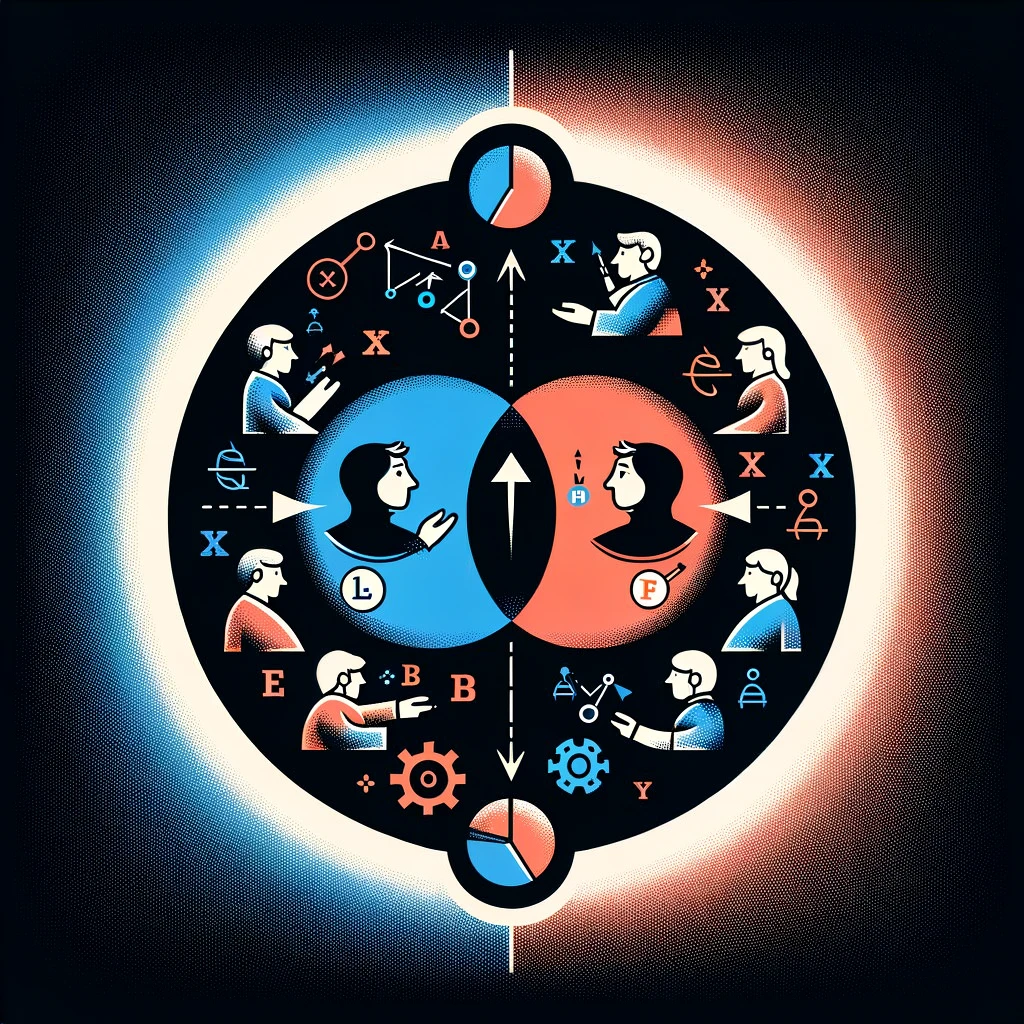baumhaus.digital/Miscellanous/Presentations/AE53/oeb.global/Human-Machine Peer Learning (HMPL): What and Why?/Theory/Human learning/Peer learning/Vygotsky
In Vygotsky's view, peer learning is crucial. Peers can act as the more knowledgeable other within the Zone of Proximal Development, facilitating learning and skill development. He believed that interaction with peers leads to the internalization of knowledge.
The notion of "Zone of Proximal Development" refers to the difference between what a learner can do without help and what they can achieve with guidance and encouragement from a slightly more skilled partner.
The notion of "Zone of Proximal Development" refers to the difference between what a learner can do without help and what they can achieve with guidance and encouragement from a slightly more skilled partner.

0 Axones
[Impressum, Datenschutz, Login] Other subprojects of wizzion.com linkring:
fibel.digital
udk.ai
gardens.digital
baumhaus.digital
puerto.life
teacher.solar
kyberia.de
giver.eu
refused.science
naadam.info